As chief photographer at the agency, I’m managing our staff of 11 photographers and also a lot of freelancers. I’m responsible for our whole production, and I’m also in the field. I’m travelling more than 200 days a year, covering different sports events, from small ones here in Sweden to major ones all over the world. I manage the kit for all of the photographers. They need to have the best gear possible, and we have decided to go with Nikon all the way.
I’m a very competitive person. That’s one of the reasons I like sports photography: it’s all about getting the best shot.
I’ve been shooting with Nikon for more than 10 years now. Back in 2008, I was using another brand, but the Nikon D3 was a game-changer for the industry. It had so much better autofocus, and also high ISO capabilities. Since then, Nikon has delivered all the way. The image quality coming out of the D5 is really impressive.
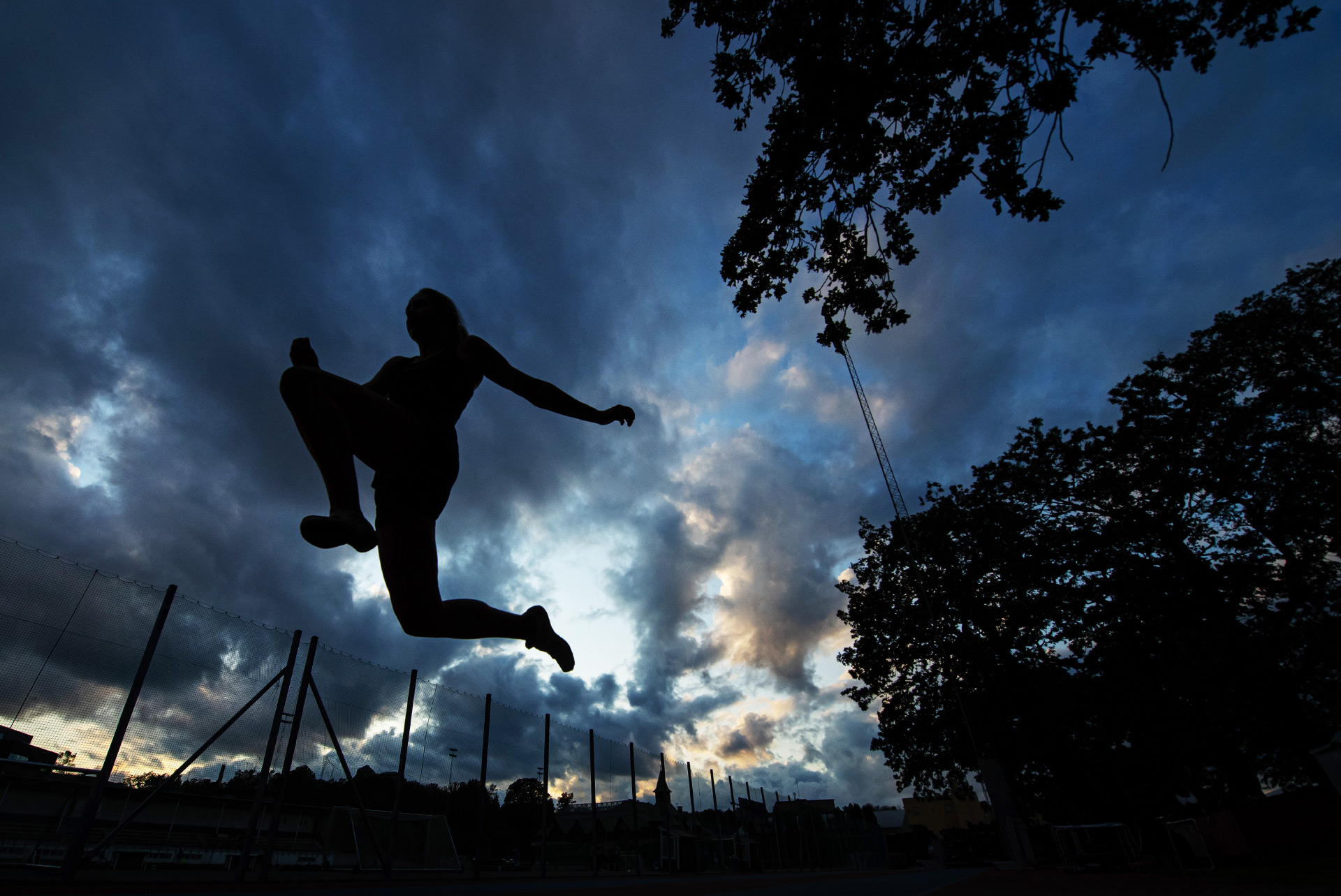
Sports photography is as much a sport as what’s happening on the field. We photographers compete not only for the best photos, but also for publications, so we need the best equipment out there. We need it to deliver, it needs to be reliable, and it needs to work in all weather conditions.
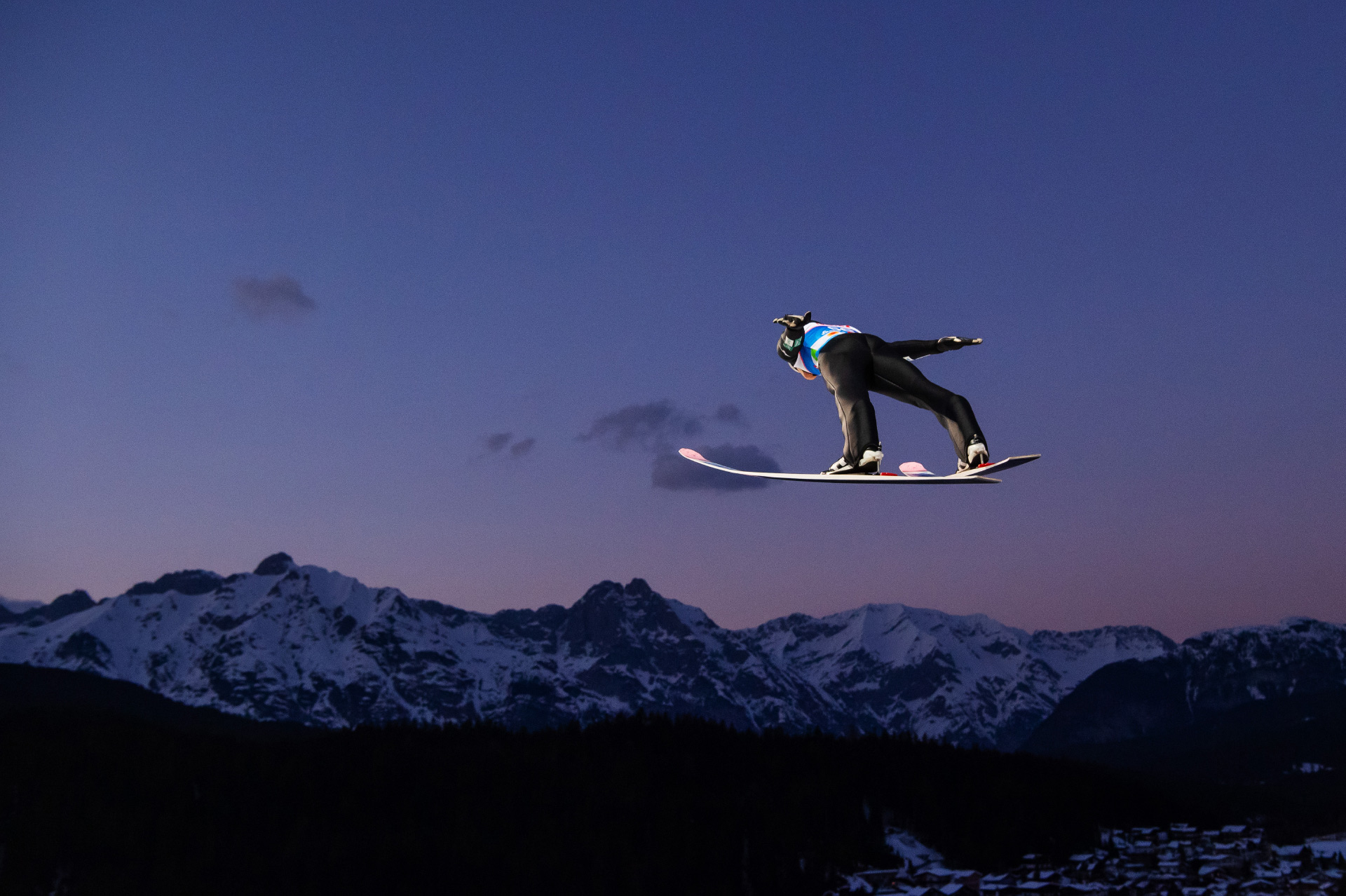
I'm judged not on my best images from a while ago, but the images I actually deliver every day: every single event, every moment. I need a camera that won't let me down at those moments, and the D5 is that camera.
When everything falls into place, it’s a truly great feeling. I would not switch it for anything else. However, in today’s world, it doesn’t matter how good the shot is if you can’t get it to your clients straight away. I would hate the feeling of seeing another picture that isn’t as good as mine published, just because it was delivered quicker, and that’s why I use the D5.
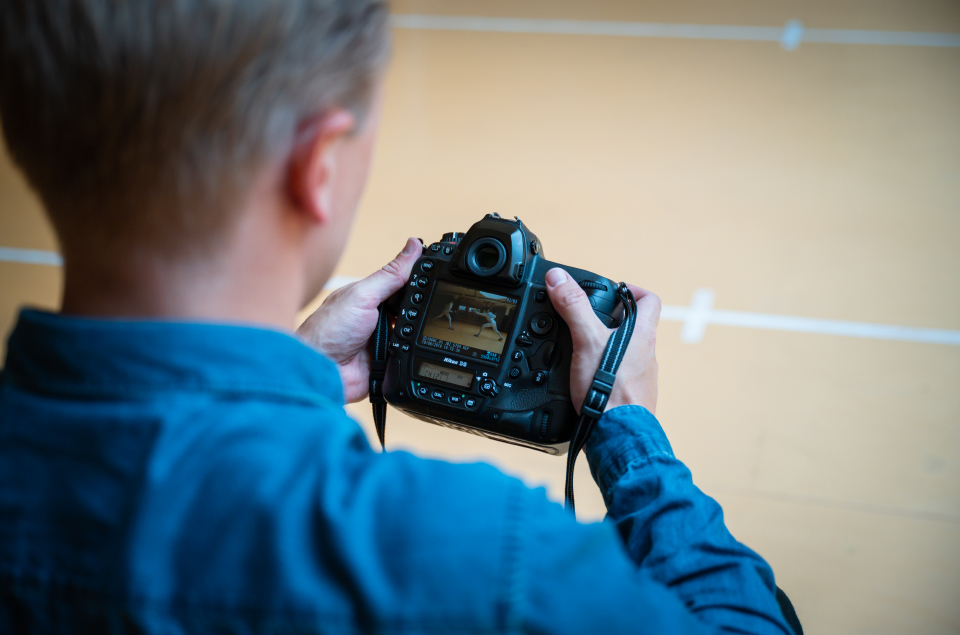
When I’m out on the field, I want my editor’s work to be as easy as possible. It starts with taking a great shot, but I also want the workflow to be seamless. I put in a voice tag telling them who the player in the picture is, and also if I want it cropped in a special way. It’s very important that the shot reflects my vision, but also that we get it out there as fast as possible.
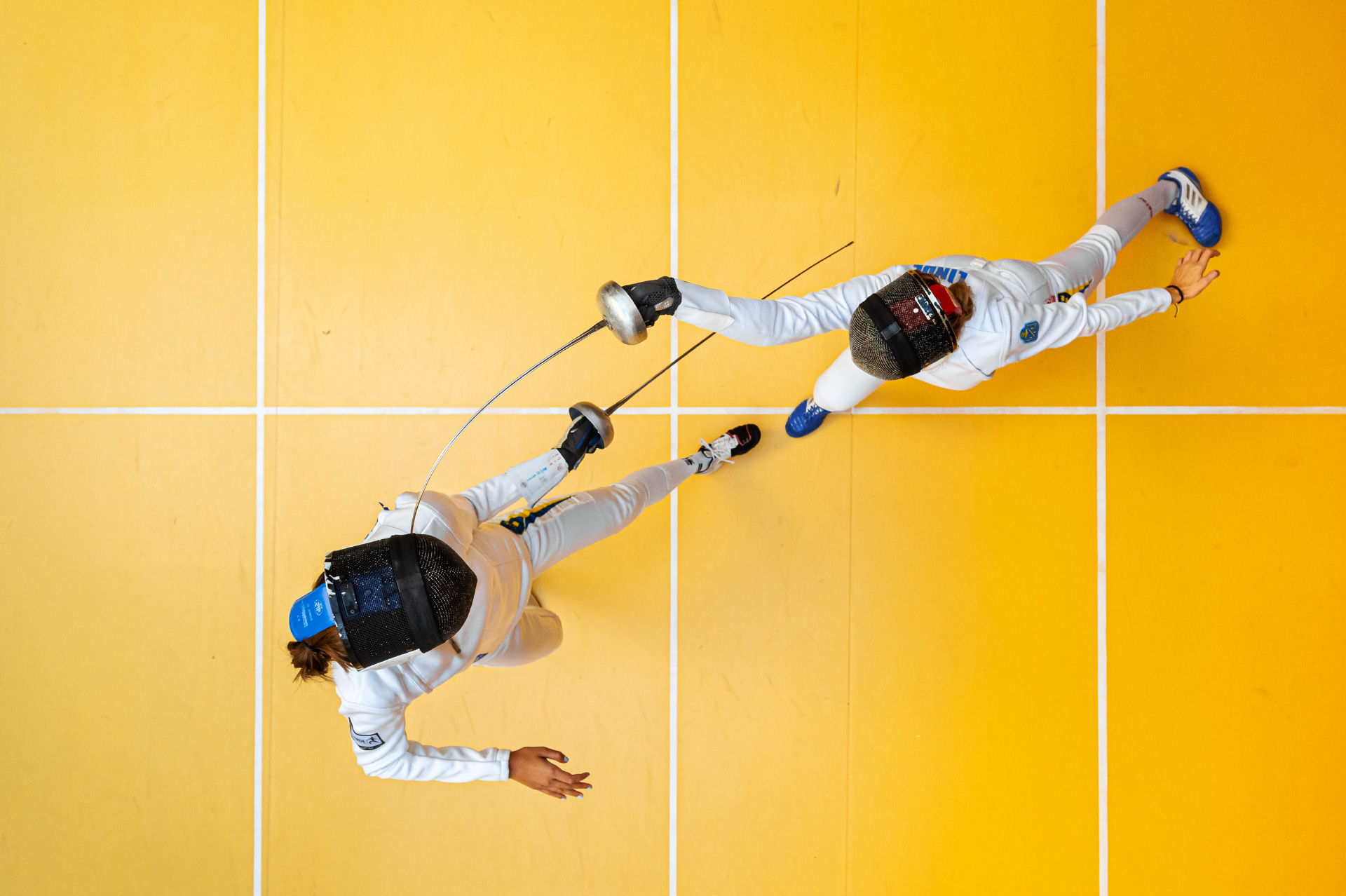
Image quality is very critical for us. We’re shooting RAW, and our editors can’t spend a lot of time retouching photos. With the connectivity of the D5, we’re able to get those images out in seconds. Not in minutes, or hours, but actually in seconds.
For me, as a sports photographer, I can’t miss moments. I need to be able to transfer the files while I’m editing and I’m shooting, and that’s possible with the D5. I see the frustration from other photographers using other brands, because they can’t do the same. They can’t do anything else while they are transmitting, and for me that’s a competitive advantage. It means that I will get my images out faster than them.
Sports photography is not a studio shoot. We can’t control the action, the lighting, the environment. It could be -40˚C(-40˚F), it could be in the middle of the desert, it could be underwater or on a track. What we can control is the equipment that we use to capture those moments. For me, the Nikon D5 is the camera that delivers, all the time.
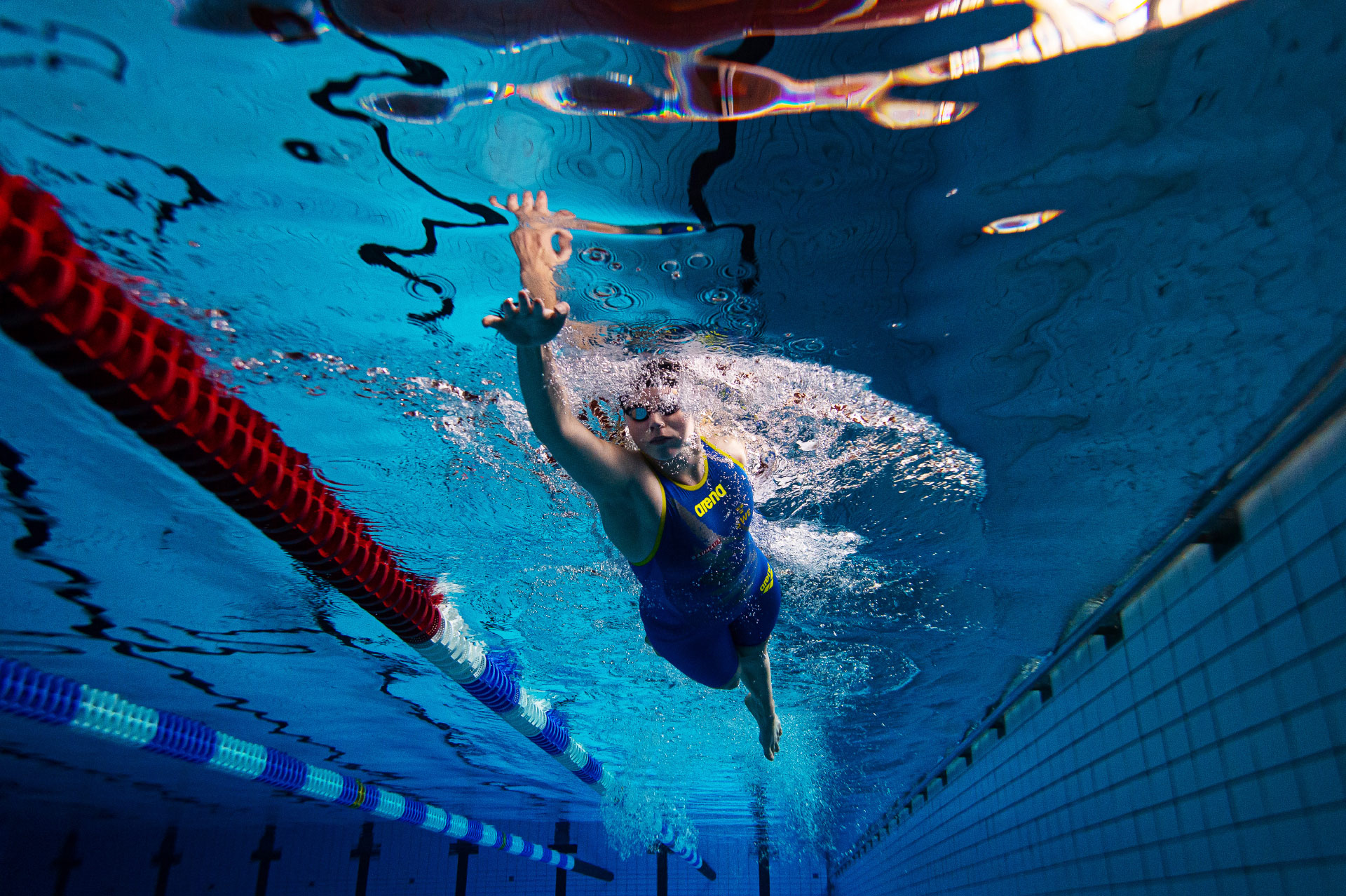
Just compared to the last generation of cameras, with the D5 we’ve been able to get shots that we could not even have imagined before. The key is the high ISO capabilities, which have given me much more freedom to work with. I can take shots in darker conditions, I can use high shutter speeds, and that makes my life so much easier. It gives me a lot more creative options.
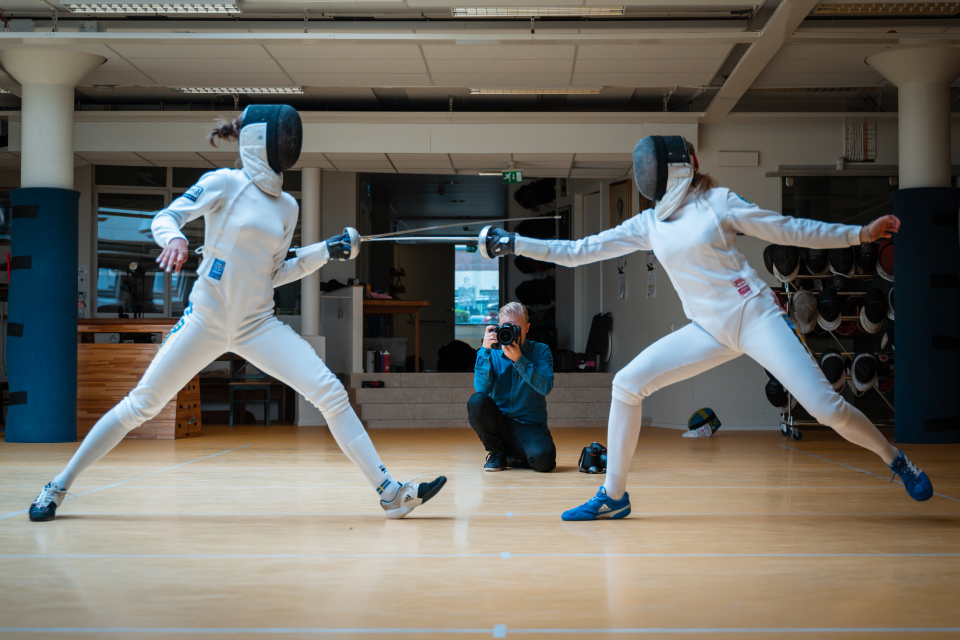
When a key moment happens, I need to be able to rely on autofocus. With the D5, I can match the autofocus to the different sports I’m shooting. If you want to have something always in the foreground, you’re going to use group-area autofocus, whereas if you want to track one single player, you will use 3D tracking.

During major sports events, you’re surrounded by the world’s best athletes, who’ve been preparing for years for that single moment. But it’s not just the athletes that have been preparing: it’s the photographers as well. There’s a pressure on me to deliver at that moment. It’s very fast, it might be over in seconds, and I need to have that best shot.
The conditions can be very tough. I can be working 20 or 22 hours a day, sometimes even without sleep, because I need to continue shooting. I really need to rely on my equipment, because even if I break down, the cameras cannot.
In 2018, I was shooting a lot of winter sports, and we were fighting dreadful conditions. It went from -20˚C (-4˚F) to -25˚C (-13˚F), even -30˚C (-22˚F), and we were really pushing ourselves to the limits, but also the cameras. The Nikon cameras and the NIKKOR lenses, they withstand these extremes that we put them through.

I have a lot of gear in my kit bag, because you never know how close you’re going to get to the action. It gives me an advantage when it comes to changing lighting conditions, or especially when I’m going from one sport to another, and it gives me the opportunity to move around, depending on where the subject is. Sometimes I’m really far away, sometimes I’m close, but I need to choose the best possible lens to get the shot that I want.
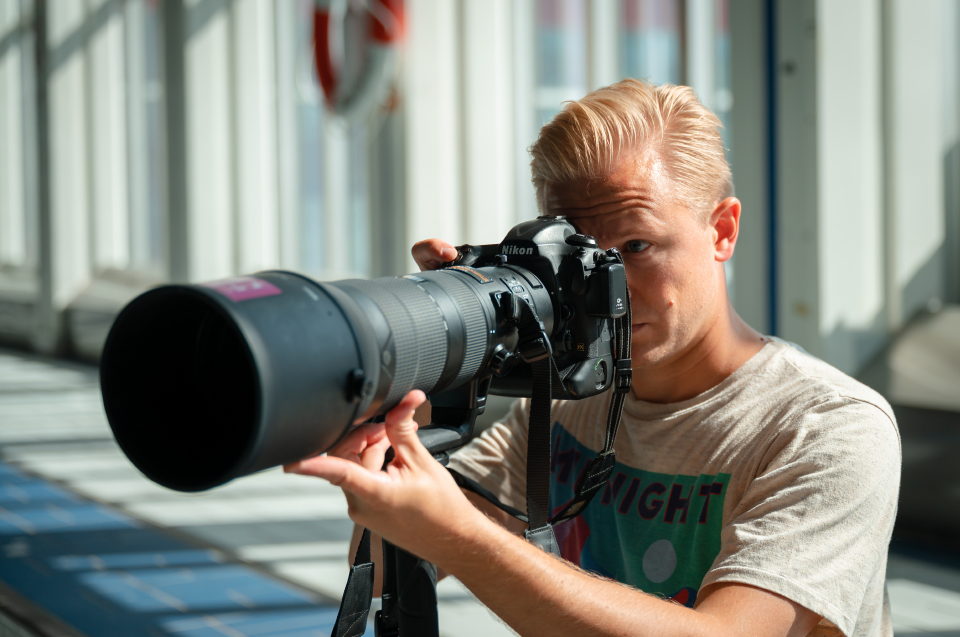
The AF-S NIKKOR 14-24mm f /2.8G ED, AF-S NIKKOR 24-70mm f /2.8E ED VR and AF-S NIKKOR 70-200mm f /2.8E FL ED VR are my go-to lenses. Otherz than that, I use the AF-S Fisheye NIKKOR 8-15mm f /3.5-4.5E ED quite a lot, and also the AF-S NIKKOR 400mm f /2.8E FL ED VR – I could use that for about 90 percent of my shots if I wanted to. I’ve been using the AF-S NIKKOR 180-400mm f /4E TC1.4 FL ED VR quite a lot since it came out. It’s a really versatile lens, especially when you’re not in a fixed position. You can move around and get a lot more images from the same distance. For me, as a sports photographer, that’s really helpful.
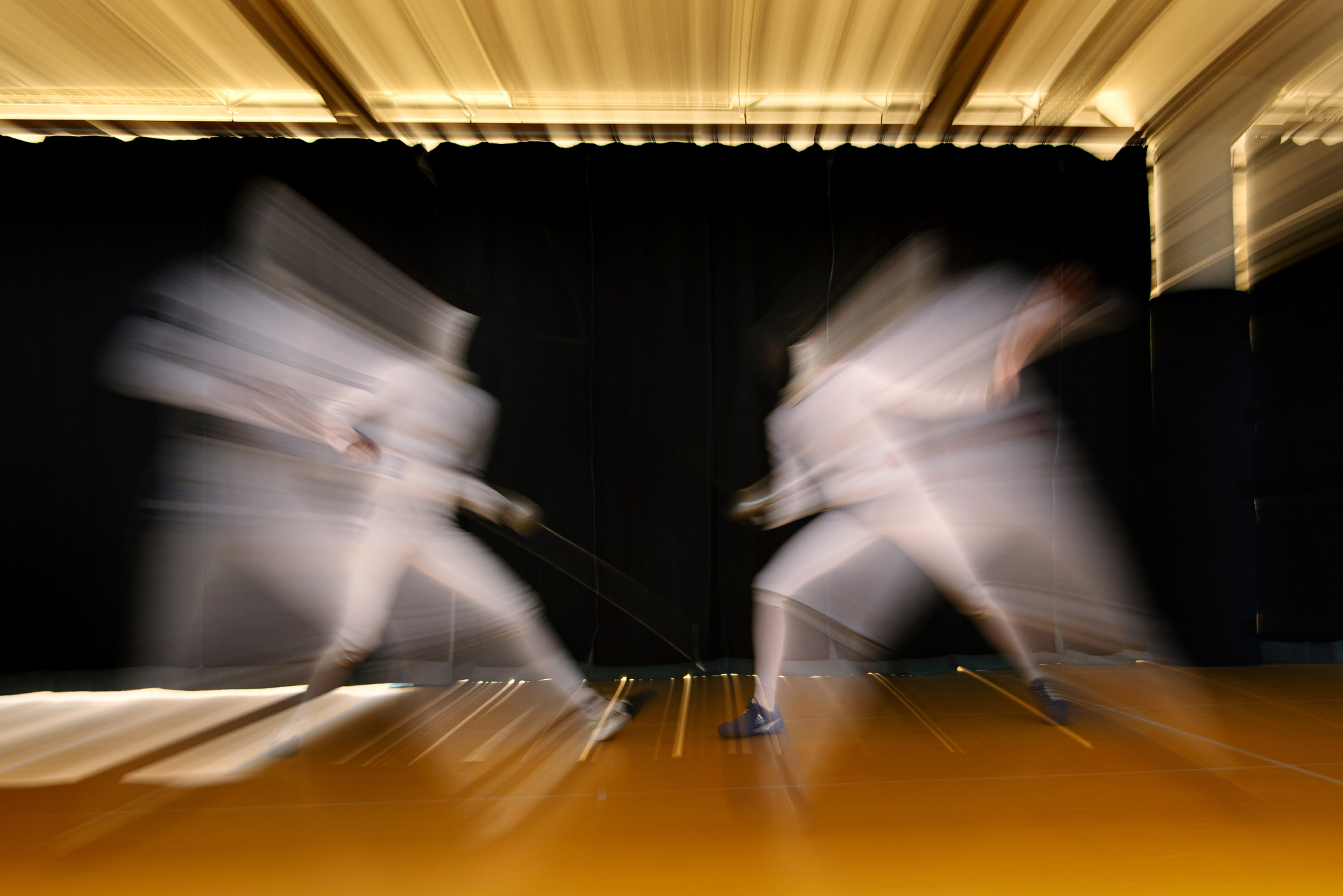
As an athlete gets help from his coach, we photographers also need support in order to take the best shots possible. We rely a lot on the support that Nikon Professional Services gives us at major sports events. It can be loaner gear, technical advice or repairs — what is important is that it makes our work so much easier.
After major events, we often give feedback to Nikon about features that we would see in coming products. At some of the events, it’s not only NPS people who are available, but also the engineers that actually make the products. We can tell them that we want this enhancement in autofocus, or this little detail. It’s really great to have this relationship, and to see those features show up, either in new cameras or in firmware updates later on.
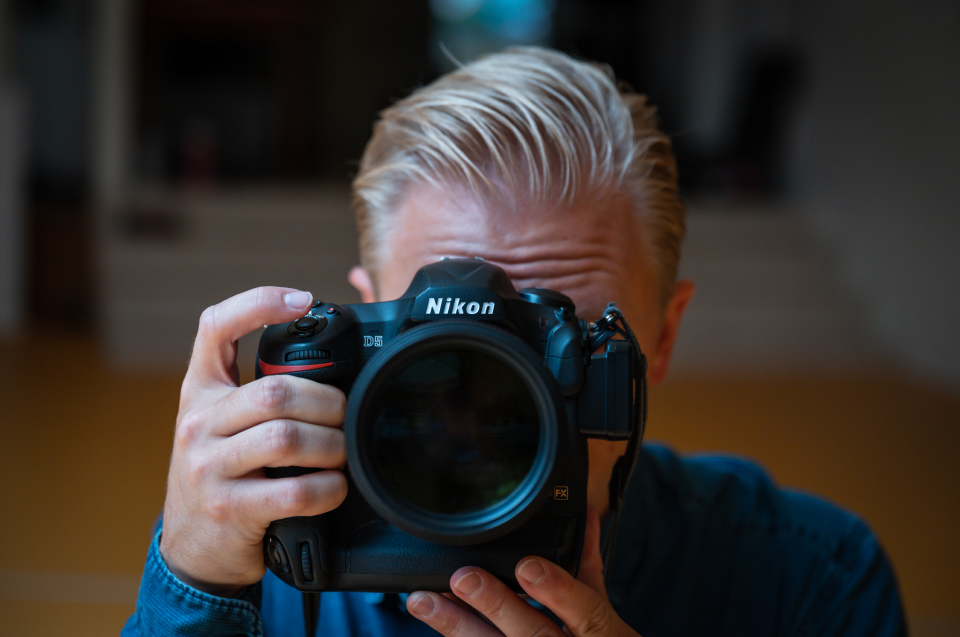
Joel Marklund is a photographer based in the US and Sweden. He is a Nikon Europe Ambassador as well as Chief Photographer of Sweden’s No.1 sports photo agency, Bildbyrån. He has worked in more than 45 countries, covering numerous major international sport events around the world. See more of Joel’s work on his website:
http://www.joelmarklund.com/